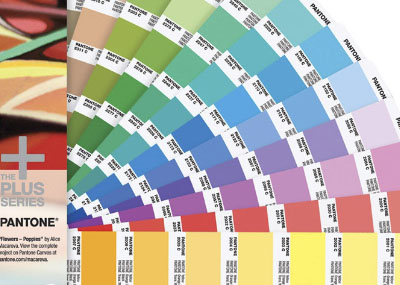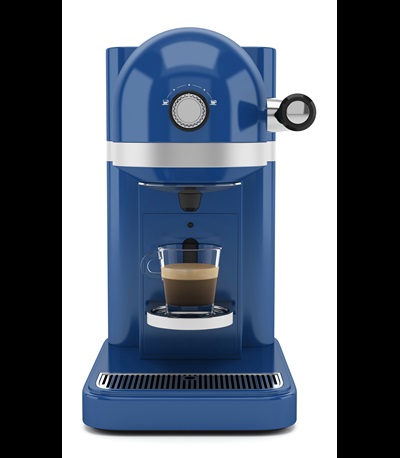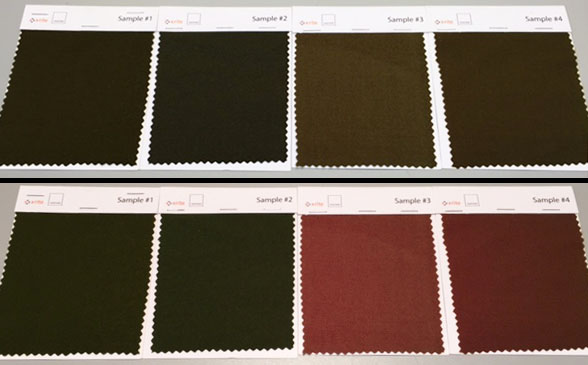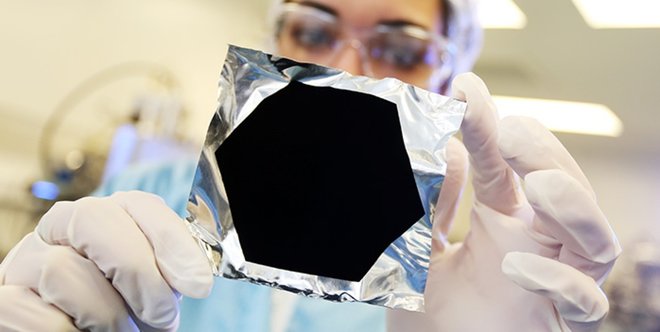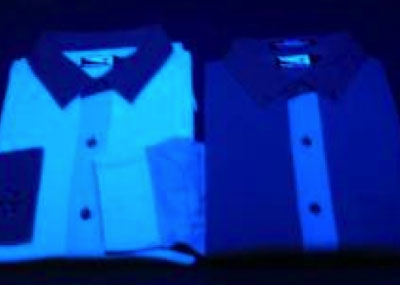Anyone responsible for printing goods or packaging knows that some colors, like orange, are just too difficult to reproduce using only CMY inks. A fourth color, black (K, which stands for key color) is often added to subtractive color printing applications. Since C+M+Y actually creates a muddy brownish color due to ink impurities in C, M and Y, adding a true black ink creates the deep color and tones that CMY alone can’t achieve, plus adds density to the shadows. This four-color printin...
The best way to visualize how color will react in real world lighting conditions is to use a quality light booth. Traditional light booths contain common illuminants like daylight, incandescent, and fluorescent to replicate how color will look in the retail store and post-purchase in outdoor and home lighting. Today, the increased use of LED lamps in home, commercial, and retail environments is impacting decades of standardized lighting procedures. How LED is Changing the Game LED li...
Black Friday. Not only is it the much anticipated start to holiday shopping, it’s also a day manufacturers have been preparing for all year long. Whether mass-producing holiday cards, candy canes, plastic toys, or festive clothing, accurate color is a must. Manufacturers can’t ship two of the same toy if they won’t match on the showroom floor, and holiday sweaters that are a shade off will end up at a discount store instead of a fashion boutique. Perfection is especially import...
To establish a successful quality control program, you need good instrumentation, robust software, and trained users. But even with everything in place, there are some common pitfalls to watch for when using a spectrophotometer to analyze color quality. Measuring plastic parts with the X-Rite Ci7800 benchtop spectrophotometer. Top Five Color Measurement Pitfalls 1. Bad Standards and Samples Physical standards and samples don’t last forever. Careless handling and dirty devices can ...
Whether you work with plastics, coatings or textiles, you must consistently achieve in-tolerance color or your product could be rejected before it even makes it to the shelf or showroom. This is especially true for brands that rely on off-site suppliers and manufacturers for raw materials and parts that come together at assembly, such as the plastic dashboard, fabric seats, and coated interior panels of a car. Even if each site produces in-tolerance color, it must be monitored an...
Appearance is more than just color. It’s an all-inclusive look at everything inherent to an object, including texture, gloss, transparency, translucency, and special effects like sparkle and shimmer. When viewed from different angles or under different lighting conditions, appearance effects can change our perception of color. That's why it’s important to control both color and appearance throughout design and development. Durable goods brands use appearance effects to captur...
Using a light booth to visually judge color is a great start to a successful color evaluation program. It allows you predict how color will look under multiple light sources so there won’t be any color surprises when the light changes over the life of the product. Introducing a color measurement device to capture spectral data is the next logical step. For a really great color program, you need to use both a light booth AND a spectrophotometer. This dynamic duo offers benefits you can&rsqu...
Color is our perception of reflected light across the visible spectrum. When light hits an object, it absorbs some rays and reflect others. The color of light that reflects back into our eyes is the color we perceive. The more light an object absorbs, the darker it appears. With black, very little light is reflected. Pure black in the presence of light wasn’t achieved until 2014 when Surrey NanoSystems announced the invention of Vantablack. This high-tech artificial substance absorbs 99....
It’s the most wonderful time of the year! A time to reminisce… to celebrate our successes, and to explore areas that may need a little more attention in 2017. If color accuracy is on your list of things to improve, this article is for you. We’ve compiled a list of the blogs our readers found most helpful and interesting in 2016, so you can start working toward your goal of more accurate color in the New Year. Did your favorite blog make the list? Top 10 X-Rite Blogs of 2016 ...
Beginning around the 1930s, the rules of fashion dictated no white before Memorial Day. It was a status symbol when the wealthy left their winter garments behind and headed to the beach for the summer with their lightweight, carefree clothes. Although the rule still loosely applies, modern-day fashion is more concerned with the brightness of your whites than when you start wearing them. So how do manufacturers ensure their products are as white as they can be? What are Optical Brightening Agents...
ある日、黒い靴下を2枚履いて、家を出て職場に着いてから、片方が紺色だと気づいたことはありませんか?もしそうなら、あなたはメタメリズムの被害者です。 メタメリズムとは、ある照明条件下で、2つの色が一致して見えます(メタメリックマッチ)が、照明条件が変わると一致しなくなる現象のことです。メタメリックマッチはよく見られる現象であり、特にグレーや白、ダークカラーのような中間色に近い色で非常に一般的です。色が明るくなるか彩度が高くなるにつれて、メタメリックマッチの可能性が低くなります。 色の品質管理におけるメタメリズムを避けるために、原因を調べる必要があります。 メタメリズムが起きる原理 メタメリズムが起きる理由は、照明光と物体が、その光を反射して私たちに色の知覚を与える方法にあります。 以下は白熱灯と昼光色の反射率曲線です。白熱灯の赤色領域には多くのエネルギーが多いが、青色領域にはそれほどエネルギーがないことが見えると思います。 赤色領域のエネルギーが増加するため、白熱灯で照らされた物体は、青色をピークとする昼光色の下で照らされた物体と比べ、より赤く見えます。 分光測色計を使用すれば、物...
Did you know that many of the products you use every day contain optical brighteners? Optical brightening agents are chemicals that manufacturers add to products like paper, plastics, and textiles to make them appear whiter and brighter, and to lessen the natural yellowing process that happens over time. They also add these chemicals to cleaning agents to enhance the appearance of materials – primarily textiles – after cleaning. Often unacknowledged by the typical consumer, OBAs trick our eyes i...
If you work in an industry where color accuracy is important, you know that lighting plays a huge role in how you perceive color. A light booth is a crucial part of any visual evaluation program. It can help you verify whether the color of your product is acceptable, plus ensure it will remain accurate in every lighting condition after purchase. When parts are manufactured at different factories, a light booth should also be used to make sure they continue to match under any lighting condition o...
Many companies spend a lot of time and money on color measurement instruments and software but forget about the importance of lighting when approving products for shipment. When used properly, spectrophotometers and color management software can tell you if your colors are within tolerance, and they can also manage gloss and metamerism (see explanation of metamerism below). However, you could still be sending out unsatisfactory parts if they don’t look right after they’re assembled, once they hi...

